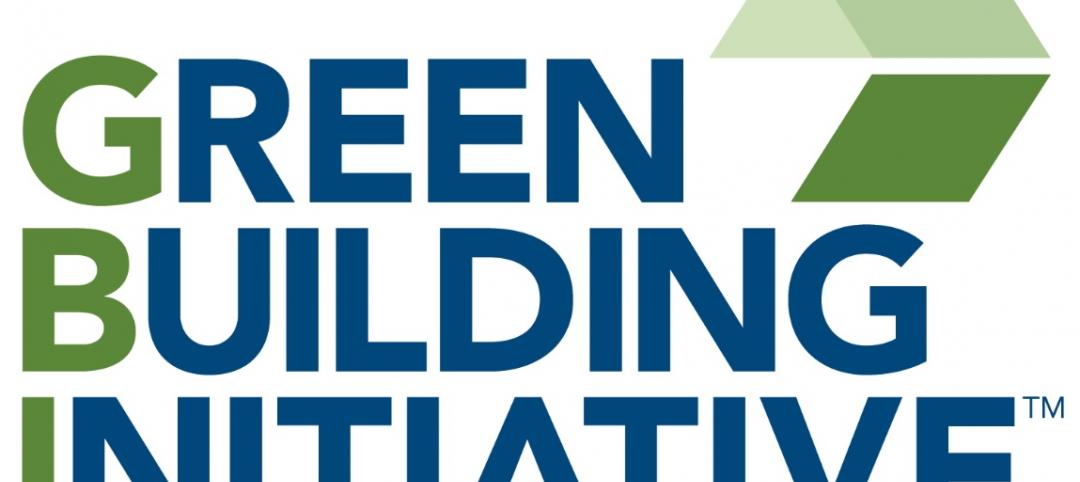Skipping Stone, Schneider Electric and Lawrence Berkeley National Laboratory announced today the formation of a committee tasked with enhancing the current Demand Response LEED Pilot Credit. The team, led by Skipping Stone and composed of Schneider Electric and the Demand Response Research Center (DRRC) at Lawrence Berkeley National Laboratory, will collaborate on enhancing the credit to enable commercial building owners and LEED green building projects to earn credits in LEED for enrolling in utility or wholesale market demand response programs.
The enhanced program will provide LEED projects with demand response definitions, participation options for buildings, and implementation and documentation requirement guidelines. The team will also develop a robust market research agenda to study participation across markets, adoption criteria, load reduction scenarios, utility service territory benchmarking and implementation technology drivers. To assist buildings in identifying existing demand response programs, Skipping Stone will provide U.S. Green Building Council (USGBC) members with a searchable national database of programs.
“Demand response is unique in comparison to other LEED credits as it requires coordination with the utility and wholesale markets,” said Brendan Owens, Vice President, LEED Technical Development, USGBC. “By bringing this team of experts from the energy and building communities together, USGBC will benefit from the combined expertise.”
“Demand response is a new path for USGBC and critical to the building communities’ involvement in the smart grid,” indicated Mark MacCracken, USGBC Chairman.
“One of our key strategic initiatives focuses on taking buildings into the energy markets through demand response initiatives,” said Jim Anderson, Vice President, USA Utility and Smart Grid Business for Schneider Electric. “Being asked to assist USGBC by providing our proven building and implementation perspective is an honor in this groundbreaking endeavor.”
The revised Demand Response LEED Pilot Credit will be published later this spring. Based on feedback from participating buildings, the market research generated in the market pilots and input from pilot sponsors, recommendations will be made for eventual integration of the Demand Response Credit into the Energy & Atmosphere Credits in the next version of the LEED rating system, LEED 2012.
To propel building community adoption of both demand response and the revised LEED credit, USGBC will be launching a series of utility service territory market pilots. Skipping Stone has been named as the market pilot manager and is currently developing stakeholder support with potential host utilities, market operators, regulators, enabling technology and services providers and other interested parties.
“This USGBC initiative is a game changer for the adoption of demand response by the commercial building sector,” said Peter Weigand, Skipping Stone Chairman and CEO. “We hope that the energy community gets behind these market pilots because this it is a great opportunity to help drive commercial sector adoption of load management programs.”
Related Stories
| Jan 6, 2014
Green Building Initiative names Jerry Yudelson as new President
The Green Building Initiative announced today that it has named Jerry Yudelson as its president to accelerate growth of the non-profit and further leverage its green building assessment tools, including the highly recognized Green Globes rating system.
| Dec 26, 2013
WDMA launches project to create ISO-compliant architectural doors
WDMA's National Architectural Door Council has initiated a project to create ISO-compliant Product Category Rules for architectural wood flush and stile and rail doors
| Dec 17, 2013
Nation's largest net-zero K-12 school among winners of 2013 Best of Green Schools award
The Lady Bird Johnson Middle School in Irving, Texas, was named a winner of USGBC's annual award, along with nine other schools, individuals and communities working toward the common goal of healthy, high-performing learning places.
| Dec 10, 2013
16 great solutions for architects, engineers, and contractors
From a crowd-funded smart shovel to a why-didn’t-someone-do-this-sooner scheme for managing traffic in public restrooms, these ideas are noteworthy for creative problem-solving. Here are some of the most intriguing innovations the BD+C community has brought to our attention this year.
| Dec 9, 2013
What is life cycle cost optioneering?
Life cycle cost optioneering is a way of assessing alternative design options, analyzing their long-term capital and operational costs to identify those with the lowest price tag, over the entire life cycle.
| Nov 27, 2013
University reconstruction projects: The 5 keys to success
This AIA CES Discovery course discusses the environmental, economic, and market pressures affecting facility planning for universities and colleges, and outlines current approaches to renovations for critical academic spaces.
| Nov 22, 2013
Health Product Declaration Collaborative to develop protocol for third-party verification of HPDs
Seven leading product sustainability assessment companies partner with the HPD Collaborative to develop the verification and quality assurance protocols.
| Nov 19, 2013
Top 10 green building products for 2014
Assa Abloy's power-over-ethernet access-control locks and Schüco's retrofit façade system are among the products to make BuildingGreen Inc.'s annual Top-10 Green Building Products list.
| Nov 18, 2013
USGBC, UL Environment announce joint Environmental Product Declaration
Strategic partnership between U.S. Green Building Council and UL Environment will focus on building materials and product transparency.
| Nov 8, 2013
Net-zero bellwether demonstrates extreme green, multifamily style
The 10-unit zHome in Issaquah Highlands, Wash., is the nation’s first net-zero multifamily project, as certified this year by the International Living Future Institute.
















